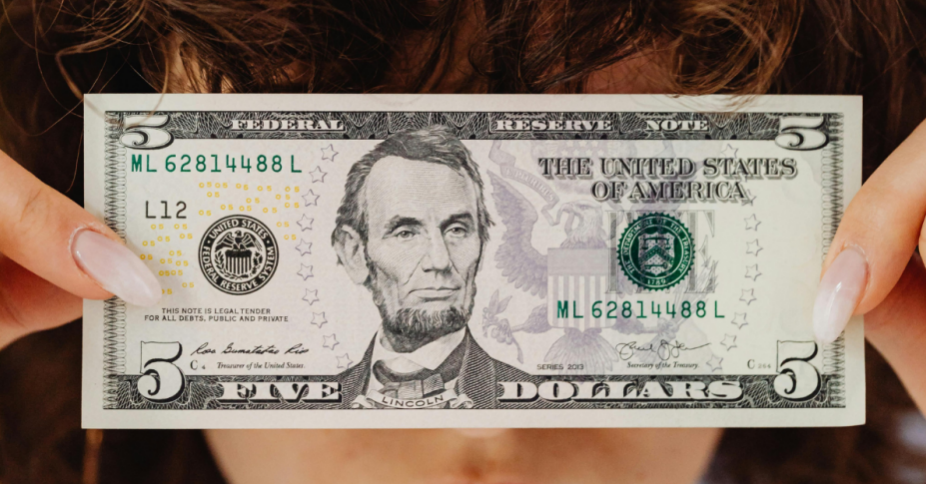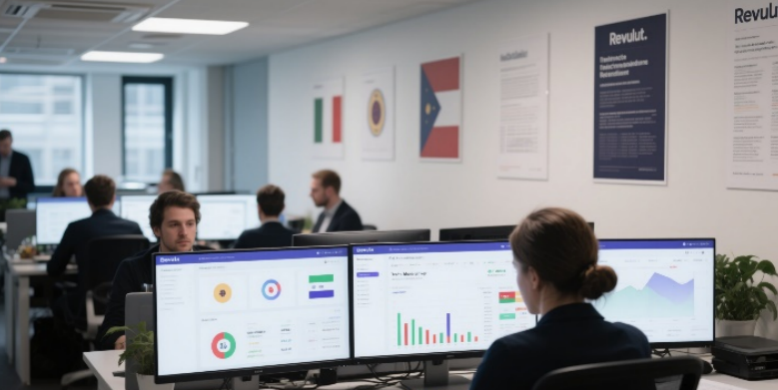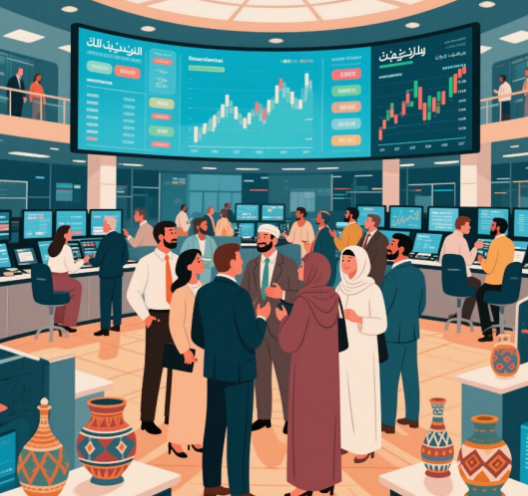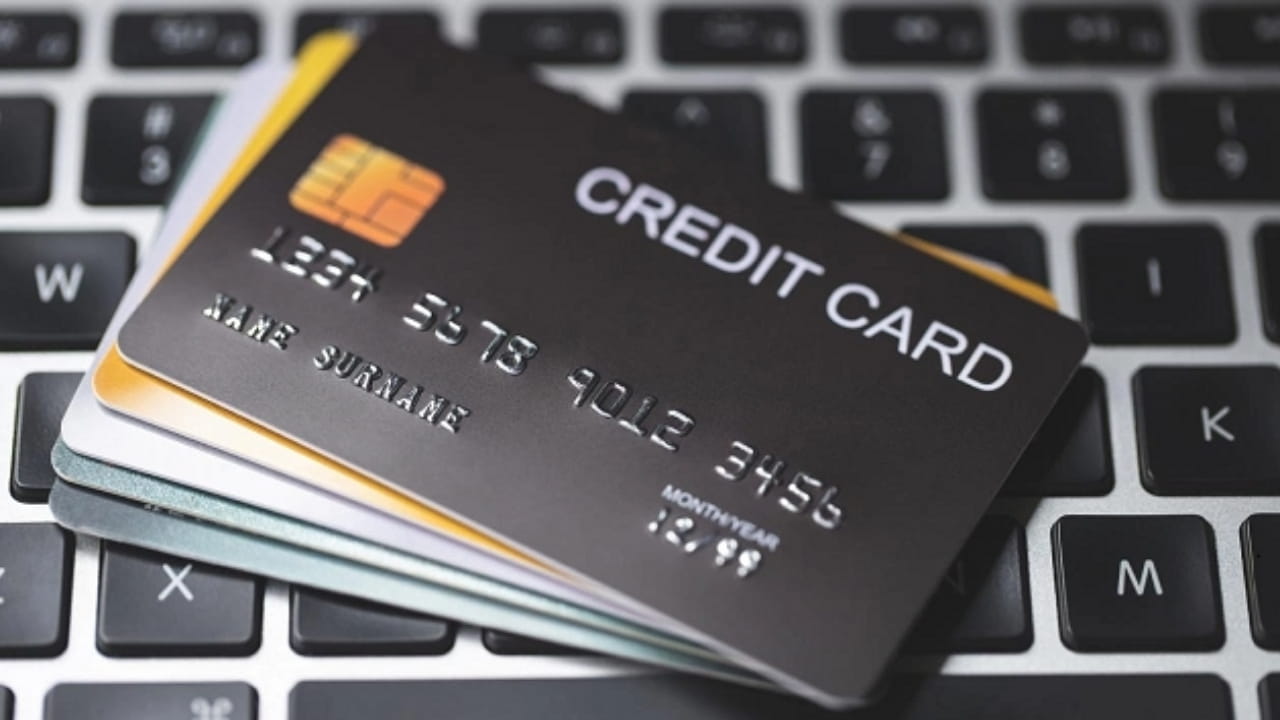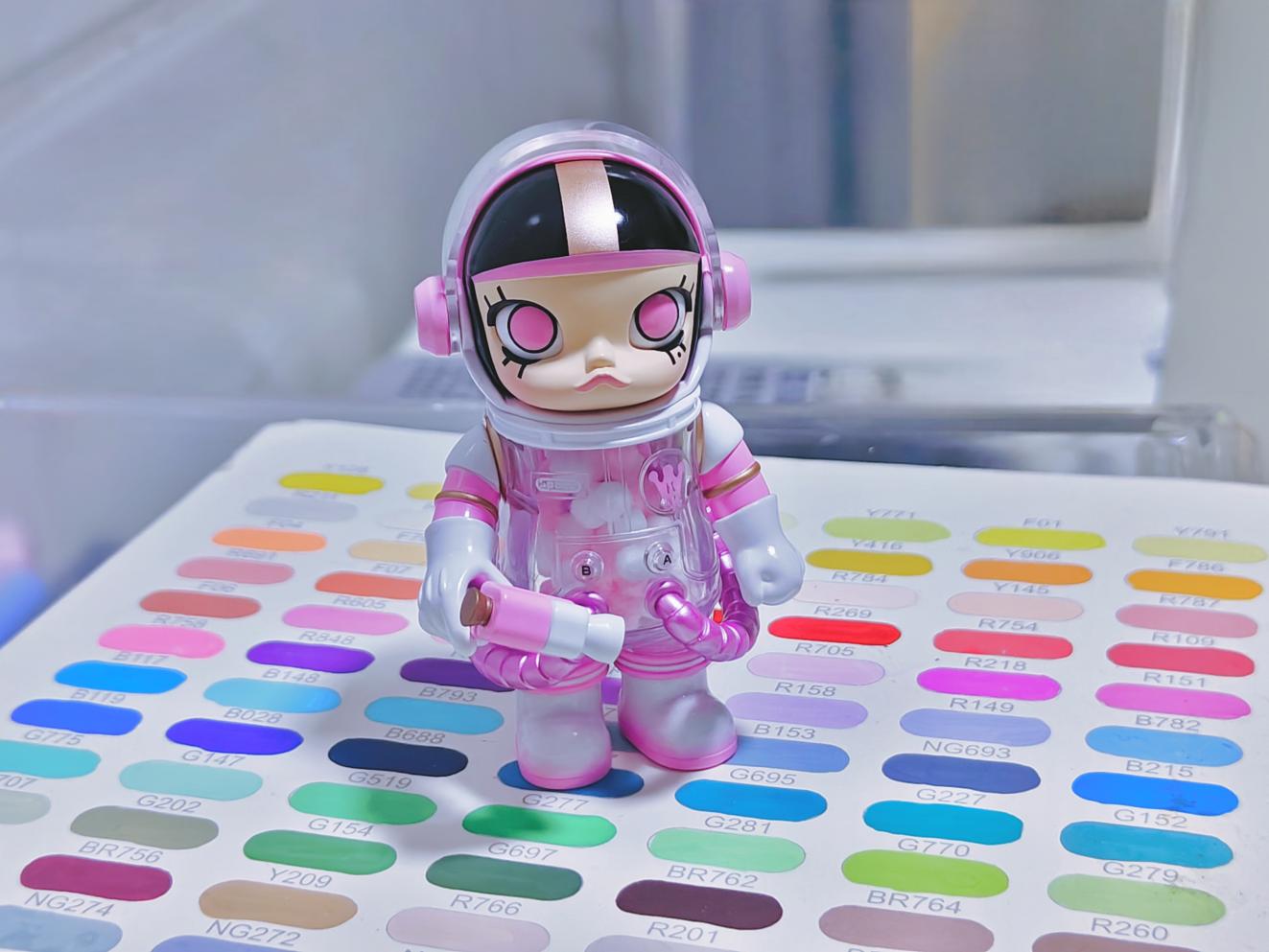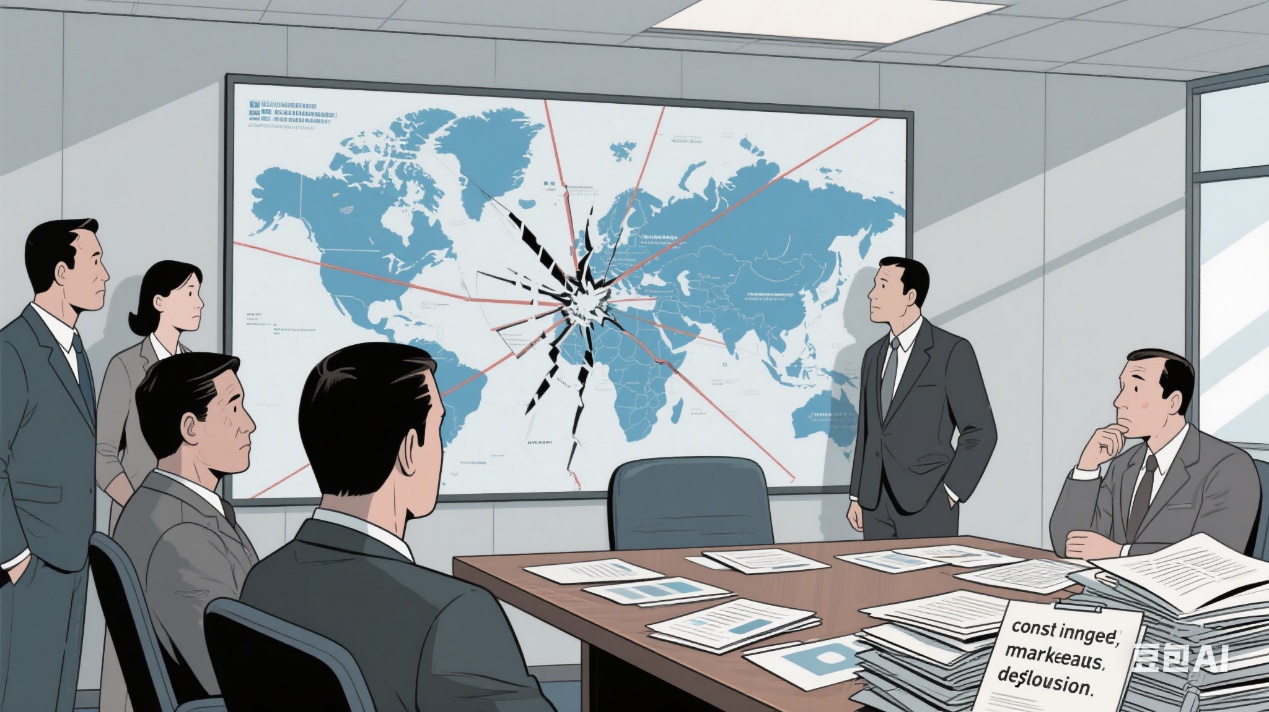The Role of Microfinance in Promoting Economic Development
In most parts of the world, and particularly in poor countries, access to financial services stays limited for countless persons and small businesses. Conventional banks frequently shy away from making loans to low-income, high-risk individuals whom they view as lacking the creditworthiness and collateral necessary to guarantee repayment. For years, this has meant that a vast number of people have been cut off from the economy and rendered unable to achieve anything close to the sort of normal life that most of us enjoy.
What exactly is Microfinance?

Microfinance not only provides financial services to the poor but also to lift them out of poverty. Since the Grameen Bank won the Nobel Peace Prize in 2006 "for its work in advancing economic and social opportunities for Niger sustainable microlending has seen both growth and criticism. For much of the last three decades, growth has far outpaced criticism. A recent annual report issued The World Bank, however, has led to what can only be described as a reexamination.
Global recognition of the notion began in the 1970s through the work of Dr. Muhammad Yunus, creator of the Grameen Bank in Bangladesh. By granting little loans without demanding security, Yunus showed that even the poorest persons could be responsible borrowers capable of altering their lives and communities.
How Microfinance Promotes Economic Development
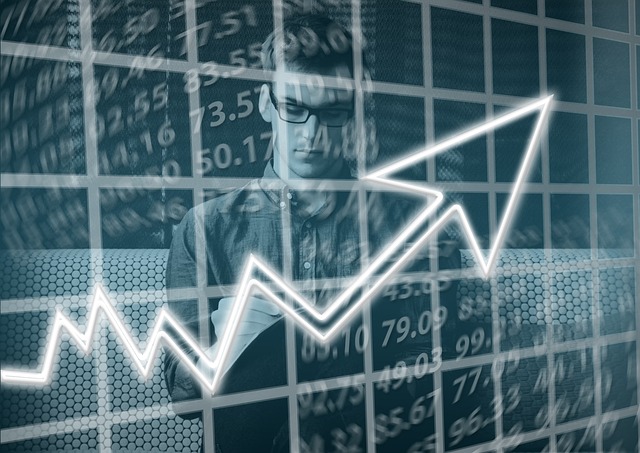
Microfinance has a very big role in pushing forward the development of not-so-rich countries and areas. This service allows little businesses and even single individuals to get loans or receive funds for their own kind of capitalism essentially, to push forward the small-biz part of the economy. Here's how.
Entrepreneurship and Job Creation
People can initiate or grow small-scale businesses with the help of loans that are micro in nature and scope. Business ventures undertaken by people with these loans generate jobs for the community and for the loan recipients themselves. Ventures like tailoring, farming.
Empowering Women
Many microfinance programs focus specifically on women, who tend to be socially and economically restricted from accessing the kinds of resources most people need to obtain. When women have access to financial services like the kinds offered through microfinance programs, the impacts are felt across whole households, as the next point makes clear.
Reducing Poverty
Microloans can significantly improve access to resources for families that are trying to claw their way out of poverty. The loans might allow family members to start working at income generating endeavors undefined what those might be in the local economy that can inversely allow them to better afford living conditions and access to necessities like healthcare or education.
Challenges Facing Microfinance
Even with its advantages, microfinance is confronted with several problems. One is the danger of over-indebtedness, which occurs when borrowers have several loans from different lenders. Critics also point out that some microfinance institutions charge such high-interest rates that they actually serve to impoverish borrowers and make them more vulnerable.
If microfinance is long-term solution for poverty alleviation, we must ensure that it is effective, that it protects the borrowers, and that it is transparent. This is what makes it a successful long-term initiative.
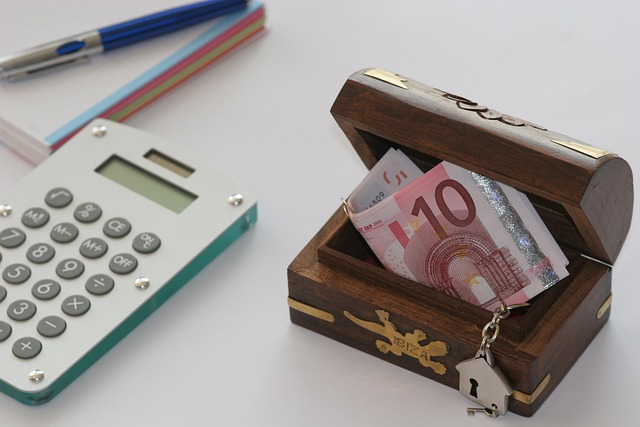
Conclusion
It has been demonstrated that microfinance is a valuable tool for achieving economic development, and especially for reaching low-income and rural populations. By offering financial services to those without access to traditional banking, it champions entrepreneurship, grows the financially included class, and reduces poverty. Of course, not everything is perfect, particularly around poor fundraising practices and a lack of regulation, but the WBI says microfinance has a positive impact on millions of lives across the developing world.
(Writer:Matti)
